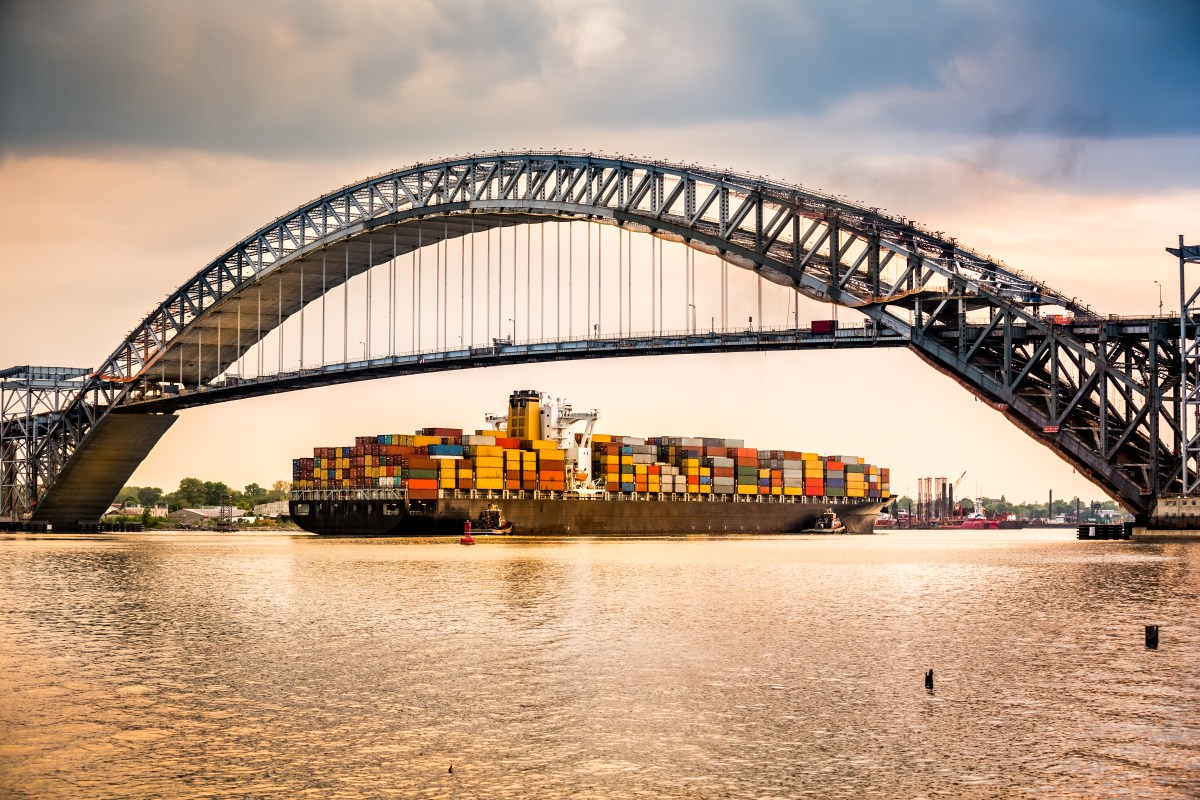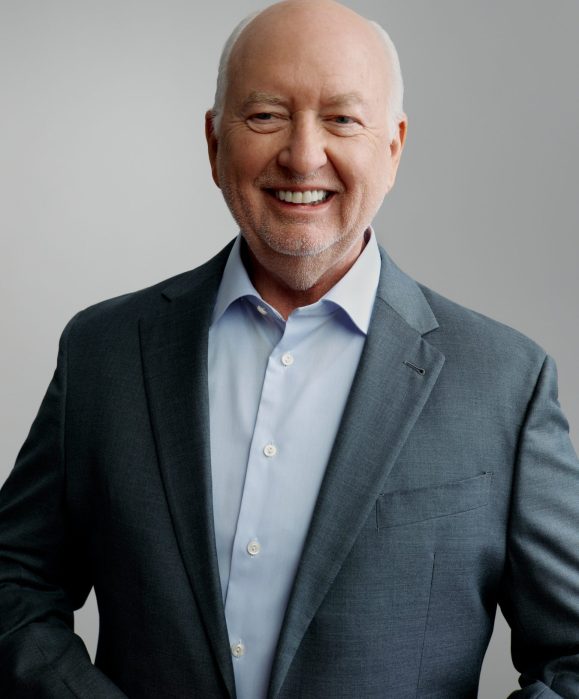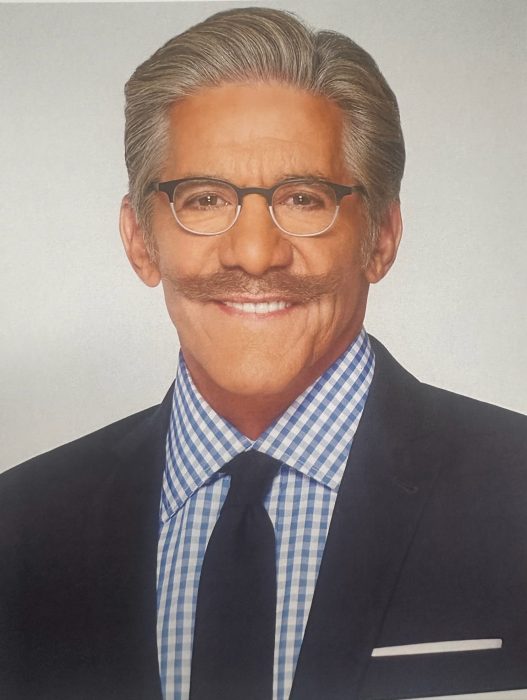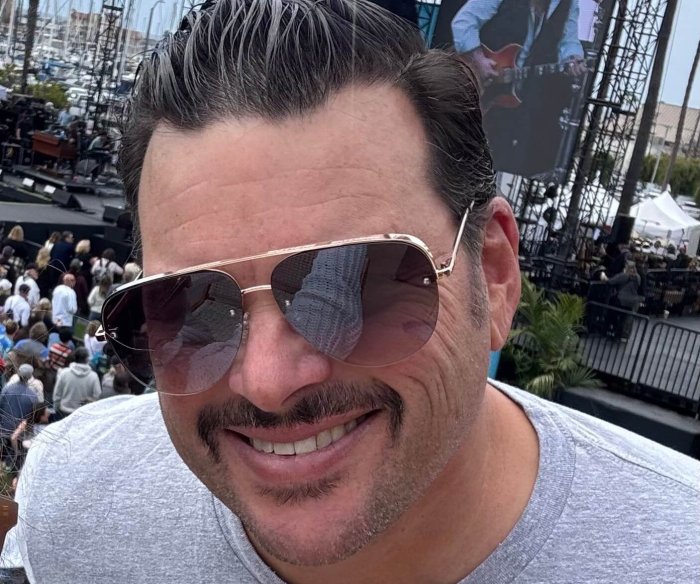Top Trenz, a company founded by Corey and Jamie Glassberg in Ronkonkoma in 1999, has probably faced no greater threat to its business than the tariffs recently imposed by the Trump administration.
Since its opening, the company has flourished, designing and wholesaling trendy toys, plush items, bags, fashion accessories, apparel and novelty products for kids, tweens, and teens—most of which have been imported from China.
The Glassbergs’ company is particularly well-known for its sensory and fidget products, such as squishy toys and pop fidgets, which are designed to relieve stress and enhance focus.
The couple’s keen sense of emerging trends and the low prices they could charge by importing the products from China have allowed Top Trenz to expand with showrooms across the United States, including locations in Texas, Florida, Los Angeles, New England, Atlanta and Minneapolis.
But 145% tariffs on Chinese products now threaten the Glassbergs’ success in selling some of the hottest commodities at Long Island stores—and that of many businesses like Top Trenz on Long Island and across the country.
The tariffs mean that if Top Trenz imports $100,000 worth of goods, it will have to pay an additional $145,000.
This did not happen all at once, adding further uncertainty to businesses like Top Trenz. The tariffs took place in five stages, beginning on Feb. 1 with a 10% tariff and going up to 145%. Tariffs on some categories, such as electronics, were later exempted from the tariffs.
China retaliated in four steps, including a 125% tariff and banning the import of some products, such as rare earth minerals, which are important to high-tech manufacturing.
Tariffs on Chinese goods were part of a general “Independence Day” imposition of fees imposed on nations across the world April 9, including on many of the United States’ long-time allies
Tariffs in many countries were scaled back a week later to 10% for 90 days after protests by consumers, businesses and financial markets. This followed sharp declines in stock prices, a drop in the value of the dollar, and an increase in interest charged for bonds, which raised the cost of borrowing by consumers, businesses, and the government.
But the tariffs on Chinese products were not reduced.
Jamie Glassberg correctly says the tariffs are a “lose-lose situation for everyone. I don’t know anyone who understands the logic here.”
He also said the Trump administration’s frequent policy shifts have generated uncertainty that makes it difficult for him to respond.
“Things change on a daily basis,” Glassberg said. “It’s extremely interruptive and disruptive to every manufacturer and that puts everyone in a bad situation.”
Glassberg’s position on tariffs and frequent changes is supported by an overwhelming number of economists across the political spectrum and political commentators, including conservative publications such as the National Review and the Wall Street Journal. They say tariffs should be used sparingly if at all. Not across the board as the Trump administration has done.
President Trump and several of his closest advisers disagree.
Trump has said the tariffs are part of his broader strategy to reshape U.S. trade policy and bolster domestic industries. The primary justifications include revitalizing American manufacturing, addressing trade imbalances and national security concerns.
Glassberg said increased import costs could lead to toy scarcity or exclusivity. Many businesses could be looking to bring in fewer products to reduce spending while expenses are at their highest.
Like many other businesses right now, Top Trenz is buying products for the holiday season. With an inclination to import less, this scarcity could hit right at a time when many are buying presents for the holidays.
Glassberg said Top Trenz is opting not to increase its prices in response to the tariffs at this point, hoping they will soon be lifted or reduced.
However, he said, this could change if tariffs remain for a long period of time. He said the company will re-evaluate its response to tariffs in June.
Glassberg also said seeking to import their products from another country is not feasible, as factories that produce the products his company can use do not exist outside of China and would be unable to satisfy the industry’s needs. Establishing a new factory outside China would take years and millions of dollars, he said.
“It’s not like you’re going to be able to have us go anywhere,” Glassberg said. “Where are we going to go? We have nowhere else to go.”
This problem is being played out across Long Island.
In 2023, the New York City Metropolitan area imported over $103 billion in goods from foreign countries. The primary categories of imported goods were miscellaneous manufacturing products such as medical equipment, textiles and leather goods, electronics, and machinery.
Some 39% of the nation’s imports come from China, and two other countries—Mexico and Canada—now face 25% tariffs on many products.
Glassberg said other toy companies could be looking to increase their prices due to tariffs, meaning customers would be paying for this trade war.
At the moment, many companies on Long Island and beyond are selling items they imported before the tariffs began being imposed.
But those inventories will run out in the not-too-distant future. That will be when businesses like Top Trenz and consumers feel the full cost of tariffs.



































